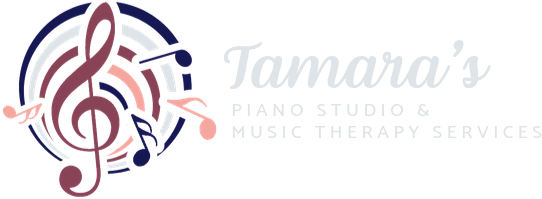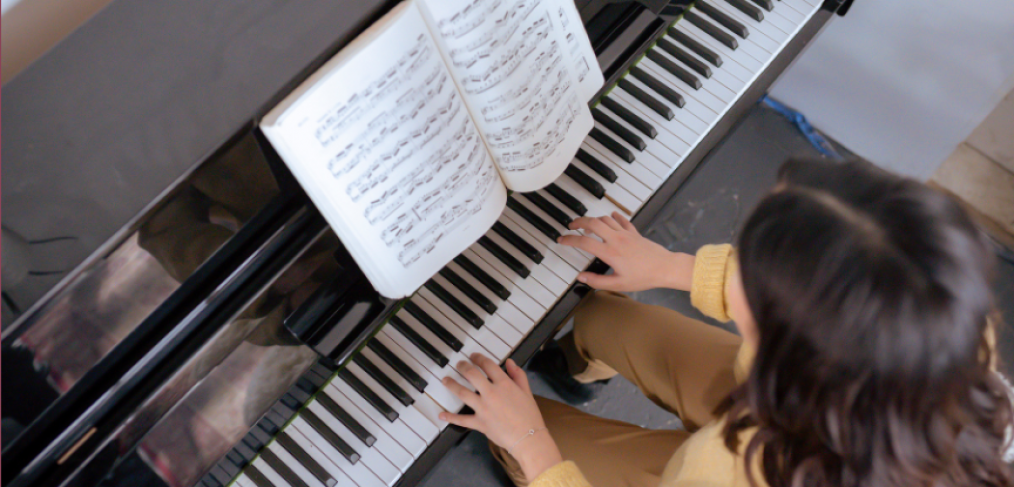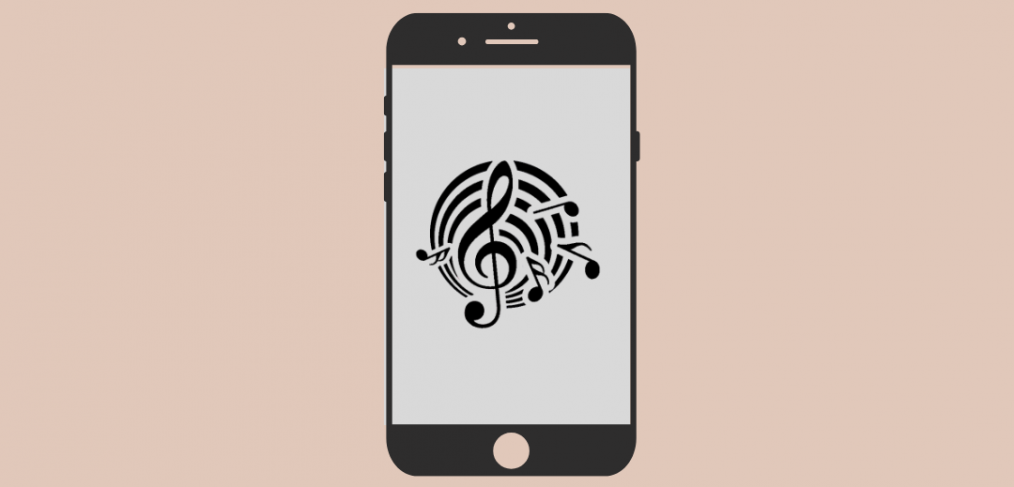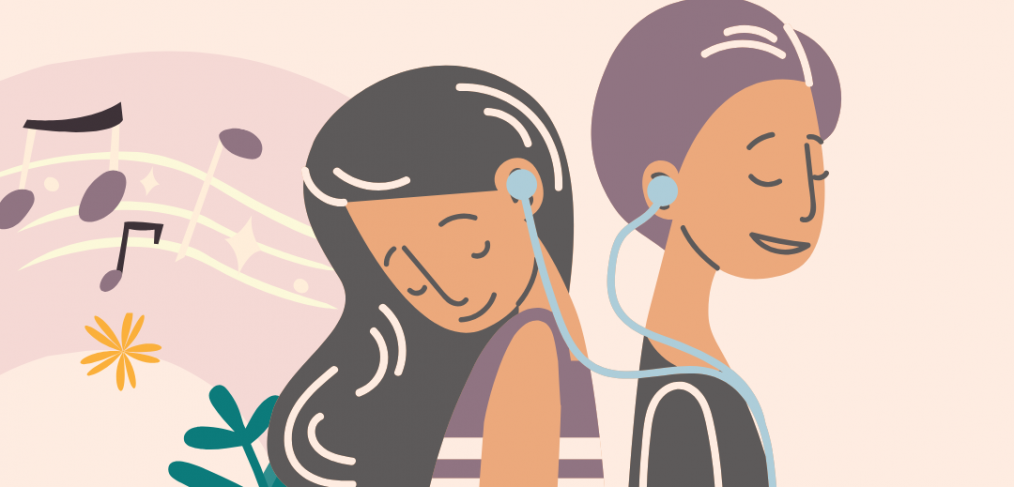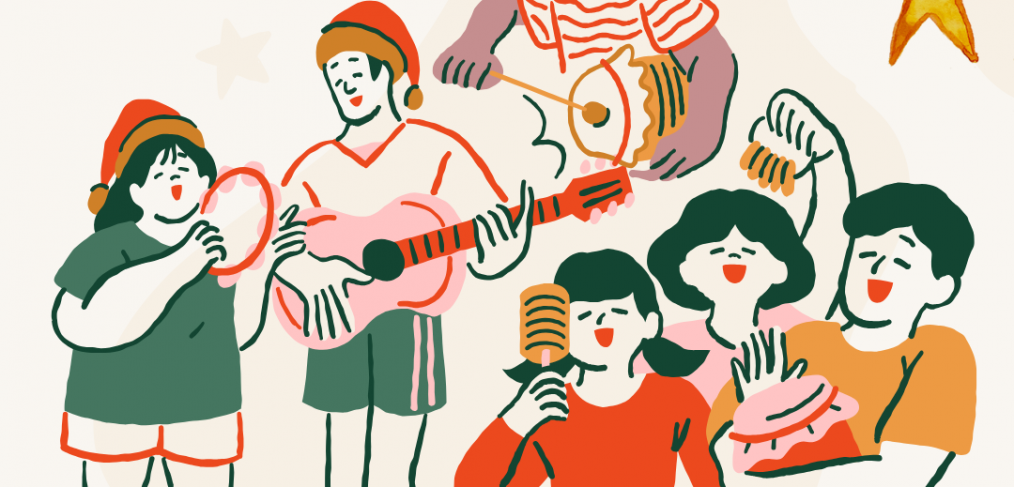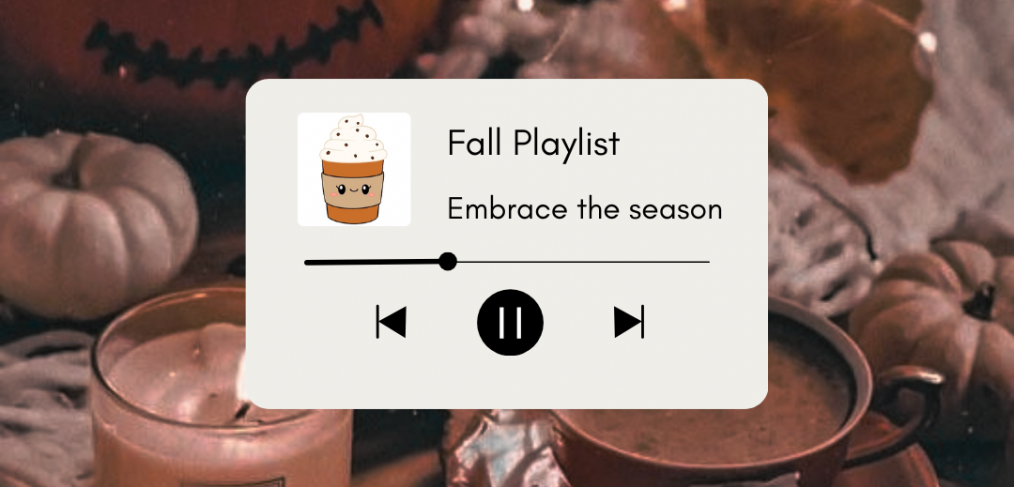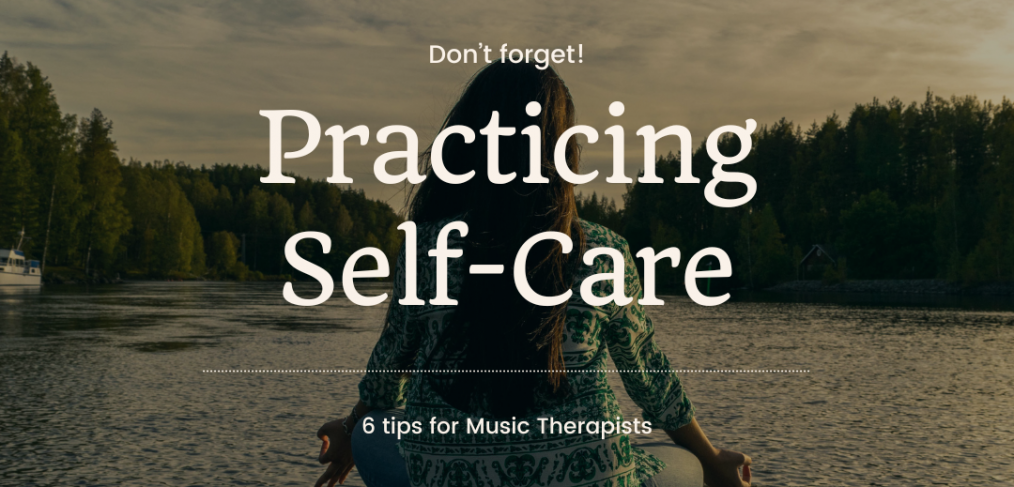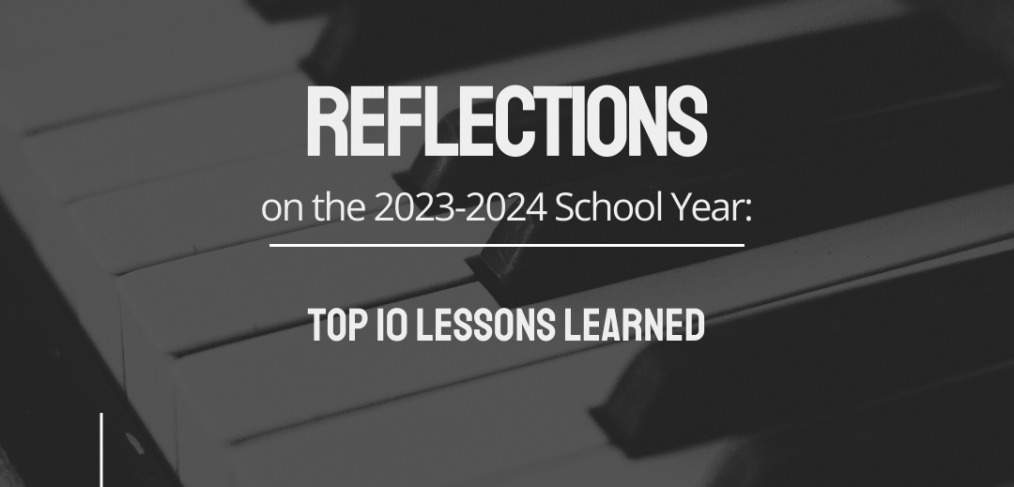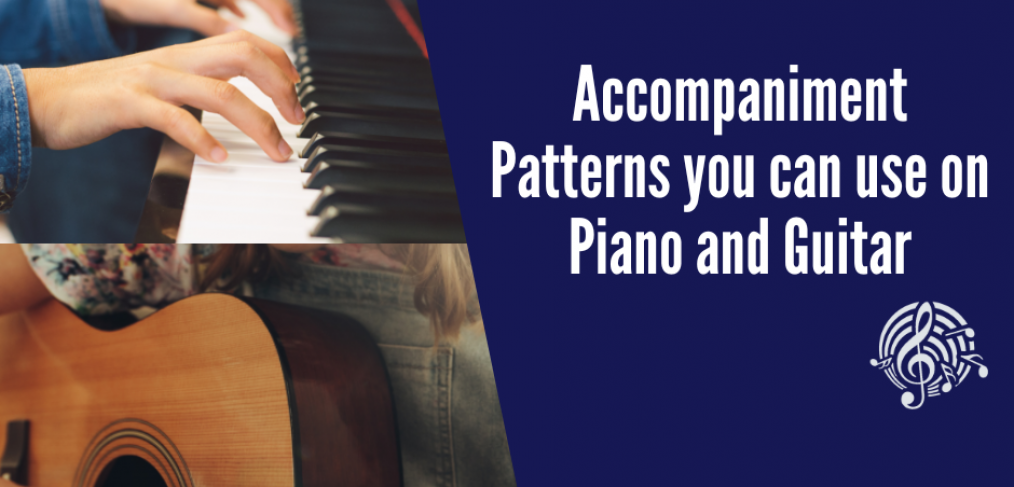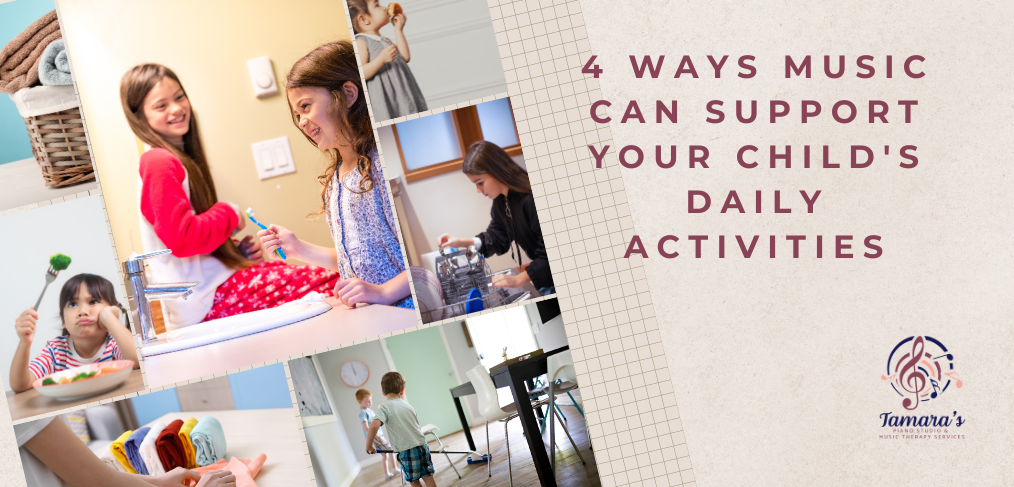Practicing is a big part of learning and improving your skills, as tedious and repetitive as it may feel sometimes. But there is a way of doing it that will help you pass your songs and learn new skills more quickly – by going slow.
Why should I practice slowly?
Develops technique and accuracy:
Practicing slowly allows you to focus on things such as finger, hand, and wrist movement when you play each note or group of notes. It also gives you more time to read the score and relay the information to your fingers, meaning more notes are read correctly.
Improve musicality:
Playing slowly gives you time to focus on details that may be otherwise overlooked such as dynamics, accents, and phrasing marks. This will make your playing more expressive, which is great for recital performances or some bonus points when passing a song in your lesson!
Aids in forming muscle memory and memorization:
Slow practice has been shown to be especially effective in increasing the accuracy and precision on songs and sections of music with trickier movements or faster tempos. It can also aid in memorization and is a great way to learn all the details of your song.
How to implement slow practice:
Note difficult sections in your song and break them down.
As you play through your entire song, make a note of bars/sections of music that felt awkward, made mistakes, or struggled to keep up with the tempo. After playing through the song, work through each of those sections one at a time.
Focus on the little details.
In each section, take your time to hash out the rhythm, notes, fingering, and dynamics. Isolate the left and right hands as needed and put them back together, focusing on the coordination of both parts. Find patterns in the music you can use to help you remember what comes next.
Listen carefully as you play and make adjustments as you go.
Stop frequently to make any adjustments needed, and then play through that section again using those adjustments. Repeat until the whole section feels easy and comfortable.
Start slow and gradually build up speed.
When working through each section, start with a playing speed that is much slower than your usual tempo, and then gradually build up speed once the section feels easy and comfortable to play through. Continue to increase the speed little by little, making adjustments as necessary, until you reach your original playing tempo. Additionally, you can add a few bars of music before and after the section you’re working on when you play through at tempo to ensure you can seamlessly transition in and out of it.
Happy practicing!
Work Cited:
Allingham, E., & Wöllner, C. (2022). Slow practice and tempo-management strategies in instrumental music learning: Investigating prevalence and cognitive functions. Psychology of Music, 50(6), 1925-1941. https://doi.org/10.1177/03057356211073481 (Original work published 2022)
Maxfield, Lynn. “Slow Practice: How to Do More than Just Practice Slowly.” Utah Center for Vocology, Journal of Singing, Sept. 2018, vocology.utah.edu/_resources/documents/slow_practice_maxfield.pdf.
